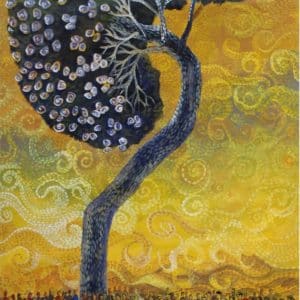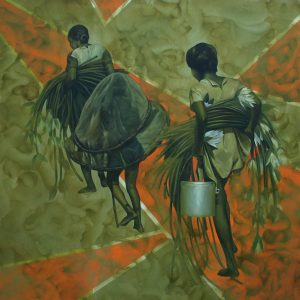Filters
Available Artwork
Showing 19–27 of 760 results
-

VARANASHI GHAT
Acrylic on Canvas
30 W x 48 H Inch
$780

PARIPURNATA
Acrylic on Canvas
30 W x 48 H Inch
$780

TILOTTOMA
Acrylic on Canvas
36 W x 48 H Inch
$780

SCOOTY TRIP
Acrylic on Canvas
24 W x 30 H Inch
$660

NANDAN
Acrylic on Canvas
30 W x 36 H Inch
$720
Other styles of paintings you may like
Origins of Subject Painting:
The concept of "subject" in art refers to the central theme or focus of an artwork, which the artist chooses to depict, whether it be a person, a scene, an emotion, or an abstract idea. The origins of subject matter in art date back to the earliest forms of art, evolving in tandem with human culture, beliefs, and technological advancements.
In prehistoric times, the subjects of art were deeply tied to survival and spirituality. Cave paintings in Lascaux, France, and Altamira, Spain, depict animals such as bison, deer, and horses, which are believed to be associated with hunting rituals or early spiritual beliefs. These early images were not merely decorative but carried symbolic or ritualistic meanings, making subject matter a tool of communication long before the advent of written language.
In Ancient Egypt, art was primarily religious and political in nature. Subjects included gods, goddesses, pharaohs, and the afterlife. These works were deeply symbolic and served both ceremonial and decorative purposes, reinforcing the divine order and royal authority.
The Greeks and Romans introduced more human-centred themes. Greek art celebrated the human form, mythological narratives, and philosophical ideals. Roman frescoes, mosaics, and sculptures often depicted scenes from daily life, battles, and heroic legends.
During the Middle Ages, religious themes dominated Western art. Biblical stories, saints, and divine imagery were central subjects in Christian Europe, used to educate and inspire the faithful. However, with the Renaissance (14th–17th century), artists began to explore secular subjects once more, as portraiture, landscapes, and classical mythology flourished, fueled by humanist ideals and a renewed interest in antiquity.
By the 19th and 20th centuries, the definition of "subject" in art underwent a dramatic expansion. Impressionists captured fleeting everyday moments. Modernists such as Picasso and Kandinsky turned inward, using abstraction to express their emotions and philosophies. In contemporary art, subjects can be entirely conceptual, challenging the viewer to interpret meaning. One of the best examples is the subject of 199 silkscreen paintings by Warhol; when In 1972, U.S. President Richard Nixon travelled to China to meet Chairman Mao Zedong, ending years of diplomatic isolation between the two nations. This historic event captured the imagination of Warhol, who, between 1972 and 1973, created 199 silkscreen paintings of Mao on five scales.
Today, the subject of artwork remains a critical anchor in understanding its context, intention, and impact, whether rooted in history, identity, politics, or emotion.
FAQs for Subject: Your Essential Guide
How do painting subjects influence an artwork’s value?What are the most collectable painting subjects today?How does the subject in artwork influence curation in galleries?Can the subject of a painting increase its resale potential?Are there cultural implications tied to specific painting subjects?Where can collectors find curated artworks organized by painting subjects?














